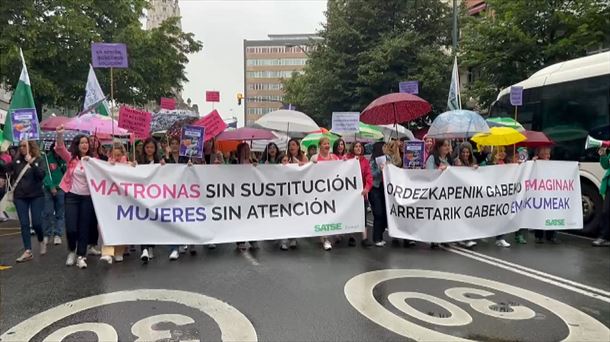A team of 27 advisers called SAGO calls for more data on tests in Wuhan labs and information on blood samples collected in 2019
Two and a half years after the outbreak of the covid-19 pandemic in Wuhan, the same questions about its origin remain unanswered: where did this novel coronavirus, dubbed SARS-CoV-2, originate, when and how? The lack of conclusions from the international team that visited Wuhan between January and February last year prompted the World Health Organization (WHO) to set up a new group of experts to advise them on their research and develop prevention guidelines to prevent new pandemics. .
Formed by 27 specialists from around the world, and called SAGO (Scientific Advisory Group for the Origins of Novel Pathongens) in English, this committee has just published its first report and makes only one thing clear: that more information is needed from China. “The source of SARS-CoV-2 and its introduction to the (Huanan) market is unclear and it has yet to be determined where the first contamination occurred. It is necessary to examine environmental samples collected in January 2020 from specific stalls and market lines that tested positive for SARS-CoV-2 in areas known to sell live animals,” the report asks. Specifically, the experts are demanding a review of the 923 surface samples taken on the market, of which 73 were positive, and of the 18 animal species analysed, which were negative, but do not include those of red foxes or raccoons, animals sold on the market and SARS-CoV -2 can carry.
While the Chinese authorities assure that 80,000 animal samples collected across the country were negative, the report clarifies that they have not specified the names or numbers of said species. In his opinion, the Huanan market, where some of the first cases were discovered, is “possibly the source of an amplification” of the virus, rather than its origin, as the genetic analysis revealed certain mutations with other first cases.
The lab hypothesis, which the experts who traveled to Wuhan deemed “extremely unlikely,” is not ruled out in this new report. Although its members have no new data, partly because China has not given them to them, the team believes it is “important” to continue with the investigation. With the objection of three experts, from China, Russia and Brazil, the SAGO report emphasizes that “it would be necessary to access and review the evidence of all laboratory activities (both ‘in vitro’ and in vivo) with coronaviruses associated with SARS-CoV-2 or its close relatives.
As genetic experiments on SARS and other related coronaviruses were conducted in Wuhan’s labs, experts are calling for further investigations by their staff to “determine whether there was an accident (…) that resulted in a leak or infection of their employees.” before December 2019, when the first cases were discovered in China. This recommendation applies to other places in the world where traces of the coronavirus have been suspected before the outbreak of Wuhan. But the SAGO report emphasizes that these findings are “unclear” because their research methods must be validated and verified.
Instead, it is demanding more information from China about the 76,000 suspected cases of Covid discovered in Wuhan in the months leading up to the outbreak. Although all were excluded by the Beijing regime and there were only 92 clinically compatible cases, experts recommend extending the criteria, which were very rigid, in case mild or asymptomatic cases escaped. The reason is that since the third week of November 2019, there has been “an unexplained increase in flu-like illnesses” in Wuhan, of which WHO experts want to know more details. But according to epidemiological surveillance data presented by Chinese physicians, “there is no clear evidence of a wide spread of SARS-CoV-2 before its recognized onset in December 2019.”
Again, the lack of information from China is weighing on the WHO investigation, which has yet to access its raw data. For now, Beijing has provided studies on environmental and animal samples, a serological survey of the 2019 blood samples, and the role of frozen food in the introduction of SARS-CoV-2, the theory of the origin of the coronavirus. But WHO’s director-general, Dr. Tedros, personally wrote to Prime Minister Li Keqiang and Health Minister Ma Xiaowei in February, asking for information about the first cases, tests on workers at farms serving the Huanan market and the blood samples stored in Wuhan. According to data provided by China, all that is known is that the closest relative of the virus that caused the pandemic is a bat from Laos found this year (Banal-52, with a genetic similarity of 96.8% ) and the one discovered in 2013 in a cave in southwestern China (RaTG13, at 96.1%). But both are far from the origin of covid.
Source: La Verdad
I am an experienced and passionate journalist with a strong track record in news website reporting. I specialize in technology coverage, breaking stories on the latest developments and trends from around the world. Working for Today Times Live has given me the opportunity to write thought-provoking pieces that have caught the attention of many readers.


